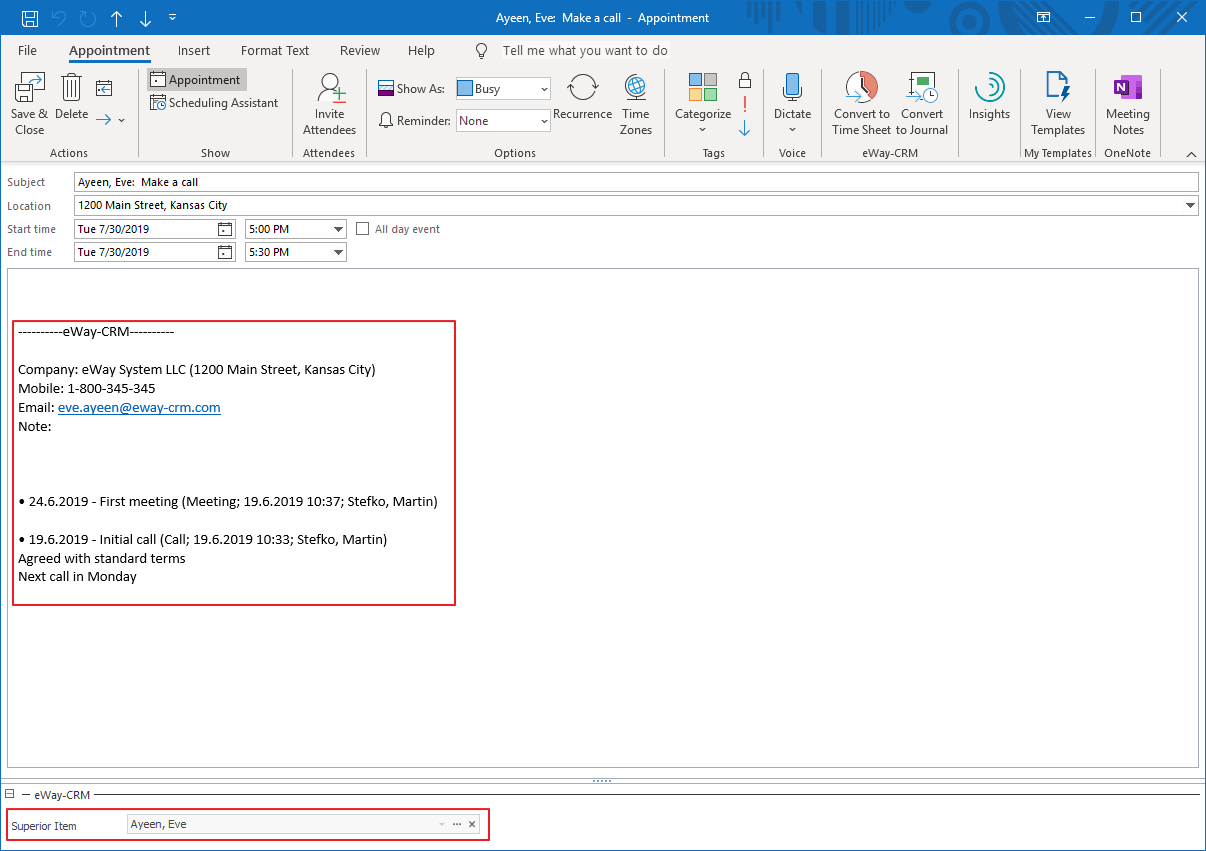

Journal: the debits and credits for each transaction, listed by date.General Ledger: the beginning balance, transactions, and total for each account in your chart of accounts.Account list: the name, type, and balance for each account in your chart of accounts.Statement of Changes in Equity: statement of changes in equity.Statement of Cash Flows: cash flowing in and out from sales and expenses (operating activities), investments, and financing.Profit and Loss: your income, expenses, and net income (profit or loss).Profit and Loss year-to-date comparison: your income, expenses, and net income (profit or loss) compared to this year so far.Profit and Loss Detail: profit and Loss Detail.Profit and Loss Comparison: your income, expenses, and net income (profit or loss) compared to last year.Profit and Loss as % of total income: your expenses as a percentage of your total income.Custom Summary Report: a report you build from scratch.Balance Sheet: what you own (assets), what you owe (liabilities), and what you invested (equity).Balance Sheet Summary: a summary of what you own (assets), what you owe (liabilities), and what you invested (equity).Balance Sheet Detail: a detailed view of what you own (assets), what you owe (liabilities), and what you invested (equity).Balance Sheet Comparison: what you own (assets), what you owe (liabilities), and what you invested (equity) compared to last year.

When you prepare a budget, you typically prepare it for a fiscal year, and you can opt to supply budget amounts or use historical amounts Budgets Management: supports preparing budgets, which help you monitor, track, and compare expected income and expenses with actual income and expenses.Reconcile: is the process of matching transactions entered into module against your bank or credit card statements.Typically, a chart of accounts will have four categories (Asset accounts, Liability accounts, Income accounts and Expense accounts). Chart of Accounts: is a list of the account numbers and names relevant to your company.Transfer: to transfers of amounts between accounts.Journal Entry: to record transactions in the general ledger.Banking Rules: to automatically categorize transactions.Mapping Payroll to Accounting (need to integrate with HR Payroll module).Mapping Inventory to Accounting (need to integrate with Inventory Management module).Mapping Purchase to Accounting (need to integrate with Purchase Management module).

Dashboard: Profit & Loss Chart, Income Chart, Expense Chart, Cashflow Chart and Bank Accounts Overview.An accounting module for businesses offers the ability to automate many processes which will not only save time but will also ensure accuracy and efficiency with one’s financial reports. With this module, all of their financial reports will be consolidated into one online system, making it easier to keep track of their records. Perhaps the biggest advantage of this module is all of the time it will save.
#CONTACTS JOURNAL CRM 1.1 MANUAL#
Using this module helps in relieving the burden of manual data entry, prevents common human errors, helps businesses and accountants when tax time comes around and allows the user to look at in-depth reports of how their business’ finances are faring. The benefits of a Accounting & Bookkeeping module With small business accounting done right, small business owner will be able to have a clear understanding of the state of your finances so you can make better decisions based on what you have available. These reports can include profit/loss statements, cash flow reports, and can track sales tax to keep a close eye on what is owed come tax time. Once the bookkeeper records and organizes all of the transactions, the next step of accounting is to analyze these transactions into helpful reports which will show the state of one’s finances. Bookkeeping, or financial accounting, consists of recording transactions, which can include purchases, sales, and receipts of an individual or an organization. Accounting consists of bookkeeping and analysis. This is done by inputting, sorting, measuring, and then communicating transactions in various formats. Brief descriptionĪccounting is the process of recording and tracking financial statements to see the financial health of an entity.


 0 kommentar(er)
0 kommentar(er)
